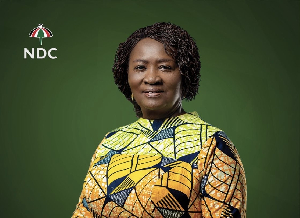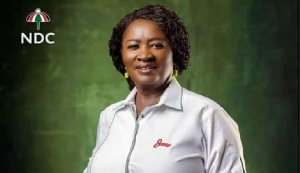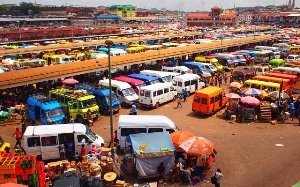About 51 factories have been identified to be constructed across the country before the end of 2017 under the ‘One District, One Factory’ policy, to establish at least one viable factory in each of the 216 districts across the country.
Last Saturday, the President, Nana Addo Dankwa Akufo-Addo, cut the sod for the construction of the first fruit juice factory under the programme at Ekumfi in the Central Region while plans are far advanced to enable 51 districts start actual implementation of their enterprises by the end of the year.
The factory, when completed, will have the capacity to process and package about 80 tonnes of fruits per day, and process a total of about 25,600 tonnes of fruit per year.
A total of 250 persons are also expected to be employed at the factory, with over 5,000 jobs, direct and indirect, created as a result.
The President emphasised that unless Ghana made conscious efforts towards industrialisation, with the goal of adding significant value to its primary products like cocoa, gold and timber, she cannot create the necessary numbers of high-paying jobs that will enhance the living standards of the mass of our people.
“Unless we industrialise with the goal of adding significant value to our primary products, we cannot create the necessary numbers of high-paying jobs that will enhance the living standards of the mass of our people. Raw material producing economies do not create prosperity for the masses.
The way to that goal, the goal of ensuring access to prosperity, is value addition activities in a transformed and a diversified, modern economy. In other words, the industrial development of our economy”, he emphasised.
He added that, “The ‘One District, One Factory’ policy will ensure an even spatial spread of industries. It will promote rapid industrialisation at the district level, driven by strong linkages to agriculture and other natural resource endowments, to create jobs and wealth.”
He noted that ever since Governor Guggisberg left shores of Ghana in 1928, the country’s economy has remained structurally rigid, depending largely on exports of primary commodities such as gold, cocoa, bauxite, timber and, lately, crude oil.
“This is not right, and should not, and cannot, continue. There can be no future prosperity for our peoples, in the short, medium or long term, if we continue to maintain economic structures that are dependent on the production and export of raw materials. We must add value to these resources, and we must industrialise”.
In furtherance of the ‘One District, One Factory’ policy, the President noted that a programme implementation framework which sets the modalities of its implementation has been prepared, with 330 business plans received for the initiative.
Government has already made a budget allocation of an amount of $100 million for the establishment of the factories, with an additional amount of $340 million has been leveraged from local financial institutions for the programme.
Additionally, government, in collaboration with the Association of Ghana Industries, has also arranged a Suppliers Credit Facility for $2 billion from China to provide equipment, machinery and other facilities in support of the programme.
The President, however, appealed for the unalloyed support of every Ghanaian and the financial organisations for the success of this project. “We must banish the spectre of young and able-bodied men and women who leave our rural areas for urban areas in search of non-existent jobs”, he noted.












